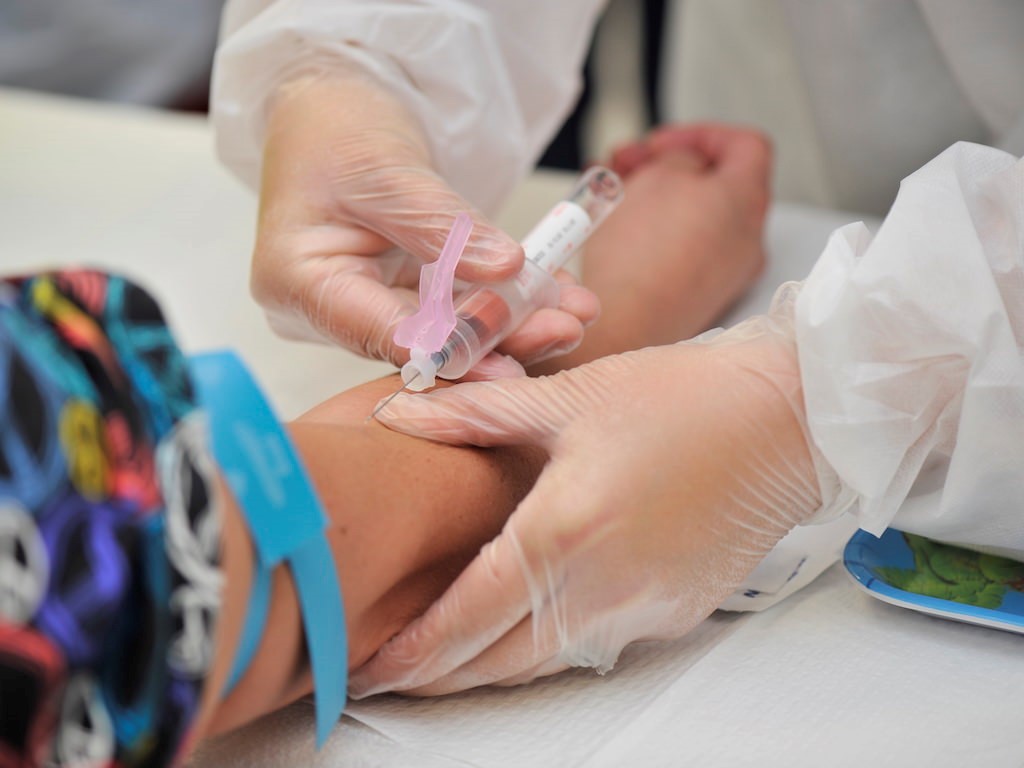**Title: Master the Phlebotomy Exam: 50 Essential Questions and Answers for Success**
**Introduction:**
Becoming a certified phlebotomist requires passing a challenging exam that tests your knowledge and skills in blood drawing techniques, safety protocols, and medical terminology. To help you prepare for success, we have compiled a list of 50 essential questions and answers that cover the key topics you need to master. By studying these questions and answers, you can boost your confidence and increase your chances of passing the phlebotomy exam with flying colors.
**Benefits of Mastering the Phlebotomy Exam:**
1. **Increased Career Opportunities**: Passing the phlebotomy exam opens up a wide range of job opportunities in hospitals, clinics, laboratories, and blood donation centers.
2. **Job Security**: As a certified phlebotomist, you can enjoy job security and stability in the healthcare industry.
3. **Competitive Salary**: Certified phlebotomists typically earn higher salaries than non-certified professionals.
4. **Personal Satisfaction**: Successfully mastering the phlebotomy exam can boost your confidence and give you a sense of accomplishment.
**Practical Tips for Exam Success:**
1. **Start Early**: Begin studying well in advance of the exam to give yourself plenty of time to review the material.
2. **Create a Study Schedule**: Break down the material into manageable chunks and create a study schedule to stay on track.
3. **Practice, Practice, Practice**: Practice drawing blood on a dummy arm or with a partner to improve your technique.
4. **Take Practice Exams**: Familiarize yourself with the format of the exam by taking practice tests.
**50 Essential Questions and Answers for Success:**
**Category: Blood Collection Techniques**
1. What is the correct order of draw for multiple tube collections?
- **Answer**: The correct order of draw is blood culture tubes, coagulation tubes, serum tubes, and then plasma tubes.
2. What is the recommended angle for needle insertion during venipuncture?
– **Answer**: The recommended angle for needle insertion is 15 to 30 degrees.
**Category: Safety Protocols**
1. What are the steps to follow in the event of a needlestick injury?
– **Answer**: Wash the area with soap and water, report the incident to your supervisor, and seek medical attention.
2. How should you dispose of used needles and blood collection tubes?
– **Answer**: Used needles and tubes should be disposed of in a puncture-resistant container labeled for medical waste.
**Category: Medical Terminology**
1. Define the term “antecubital fossa.”
– **Answer**: The antecubital fossa is the area inside the elbow where blood is typically drawn.
2. What does the term “hemolysis” refer to?
– **Answer**: Hemolysis is the breakdown of red blood cells, which can affect test results.
**Conclusion:**
Mastering the phlebotomy exam is a key step towards becoming a successful certified phlebotomist. By studying the 50 essential questions and answers provided, you can enhance your knowledge, improve your skills, and increase your chances of passing the exam. Remember to start early, create a study schedule, practice regularly, and take practice exams to maximize your chances of success. Good luck on your journey to becoming a certified phlebotomist!
